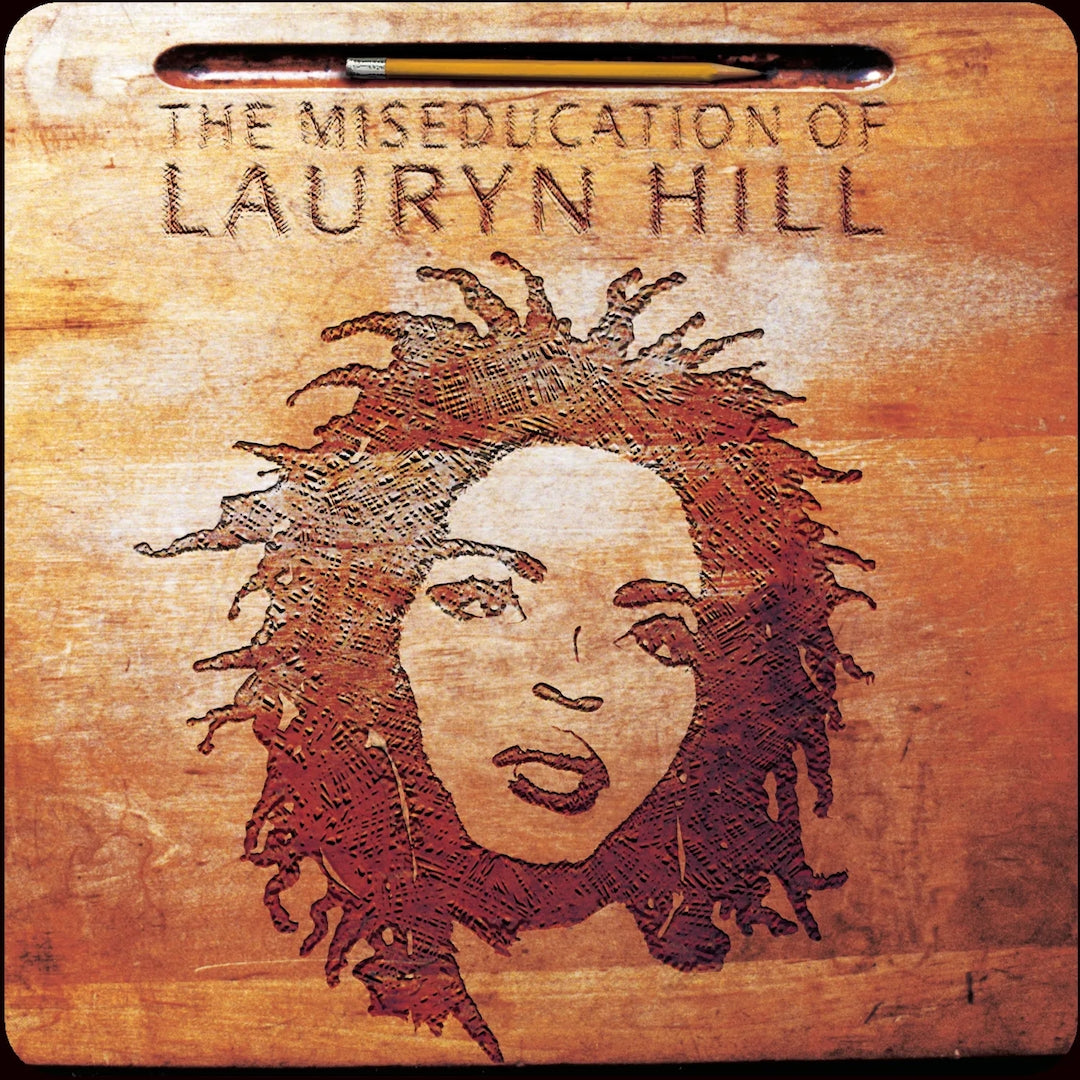Miles Davis’ score for Elevator to the Gallows ‘Ascenseur Pour L'échafaud’, was groundbreaking.
The process of creating the score Davis create and develop the sound that would led to the best selling Jazz record of all time, Kind of Blue. Davis relied heavily on improvisation and chordal structures rather than scales, diverging from bebop.

In 1957, Davis was invited to tour Europe and he leapt at the opportunity to leave America. He grew tired of the daily racism he encountered whilst his quintet’s addiction to heroin made it hard for Davis to remain clean.
When Miles arrived in France, a young director, Louis Malle, had taken an interest in Davis’ and Davis in him. They organised a private screening and Miles saw the project as a great learning experience. Over the new two weeks, he began improvising on some themes. He recruited a band in Europe and informed them only a couple of days prior to the session (they hadn’t even seen the film yet).

On the 4th of December, 1957, at 10pm, Davis and his new group began recording. They drank for an hour, played for four and edited for two, leaving the studio at 5am the next day with a finished score for the entire film.
The soundtrack featured eight improvisations all based around the notes of of D Minor and C Seventh Chords. This gave the music a fragmented feel as the pieces weren’t based on scales but by what chord was being used, giving birth to the idea of Modal Jazz and the use of Jazz in film soundtracks.






